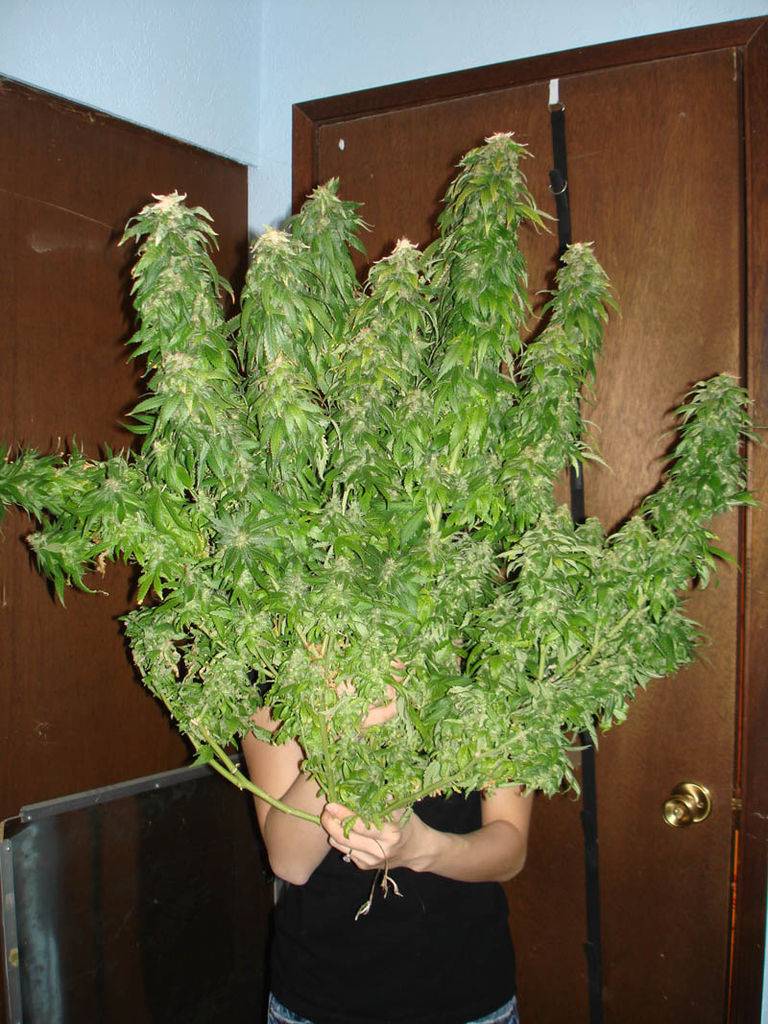Update Photos, 11-22-09:

aww look how cute you are behind that giant high five your holdin. props on the size!
take note everyone. stems seem strong..... holding some serious loads there.
ledgirl you lift weights? that monster looks heavy!
sir

Last edited:


